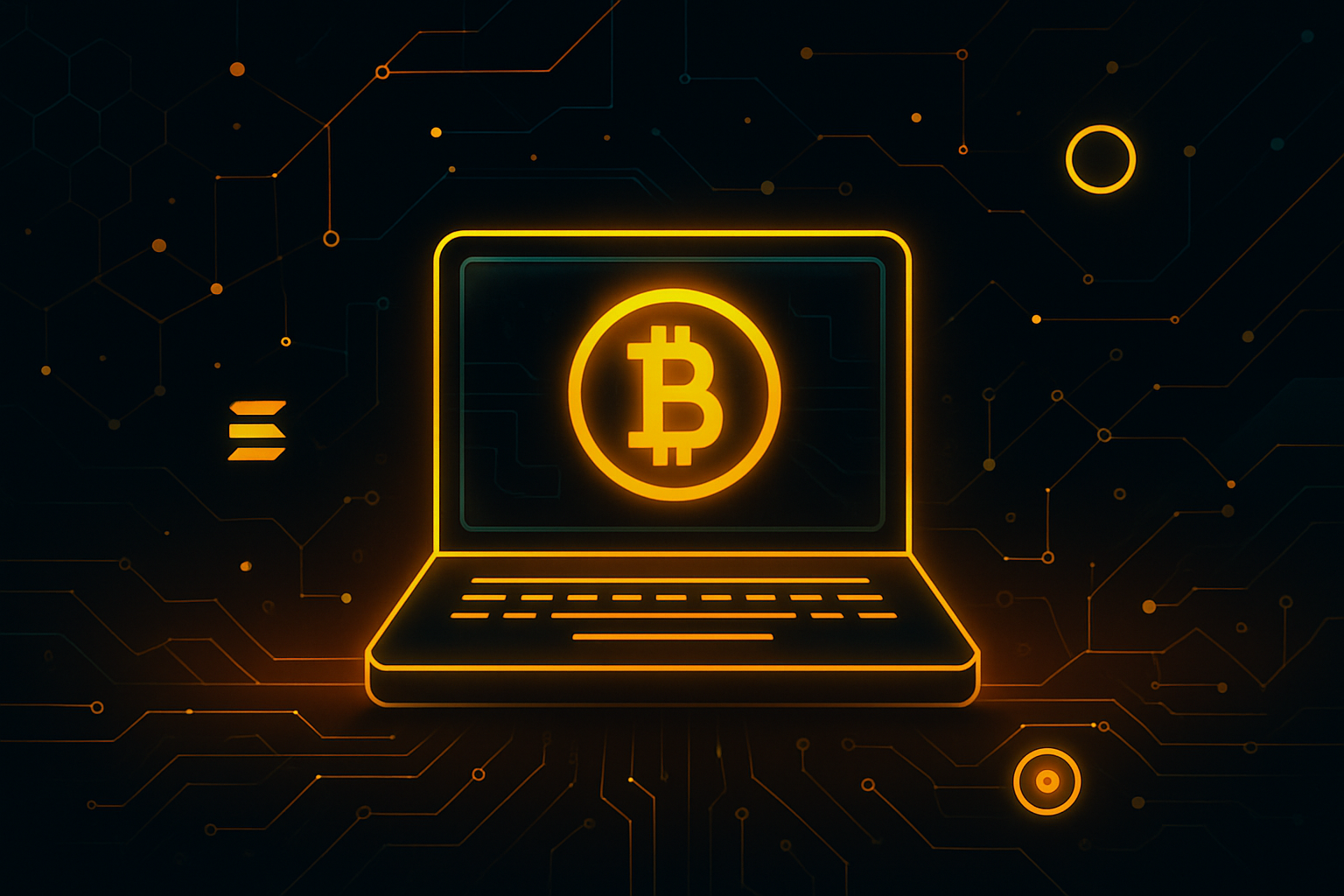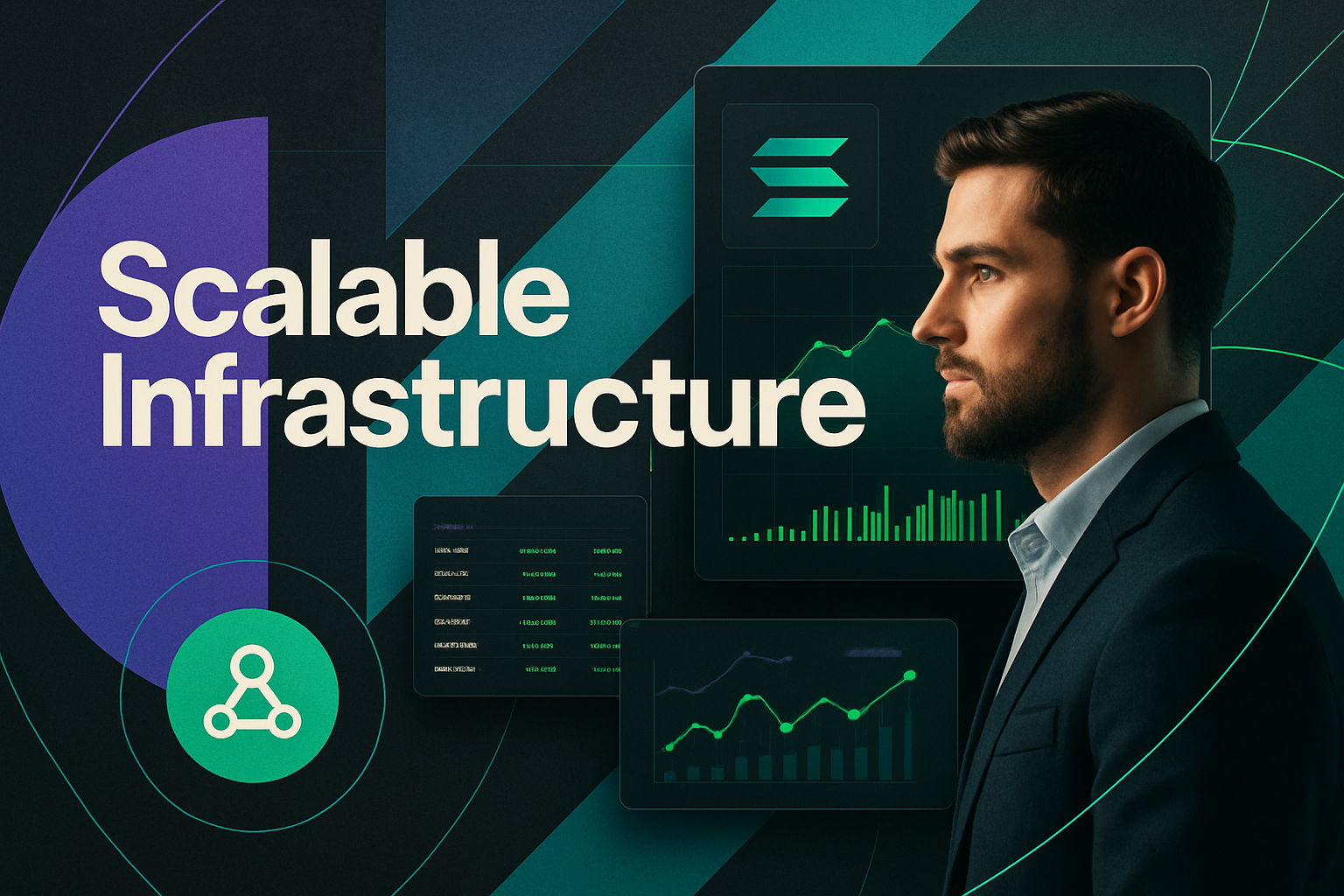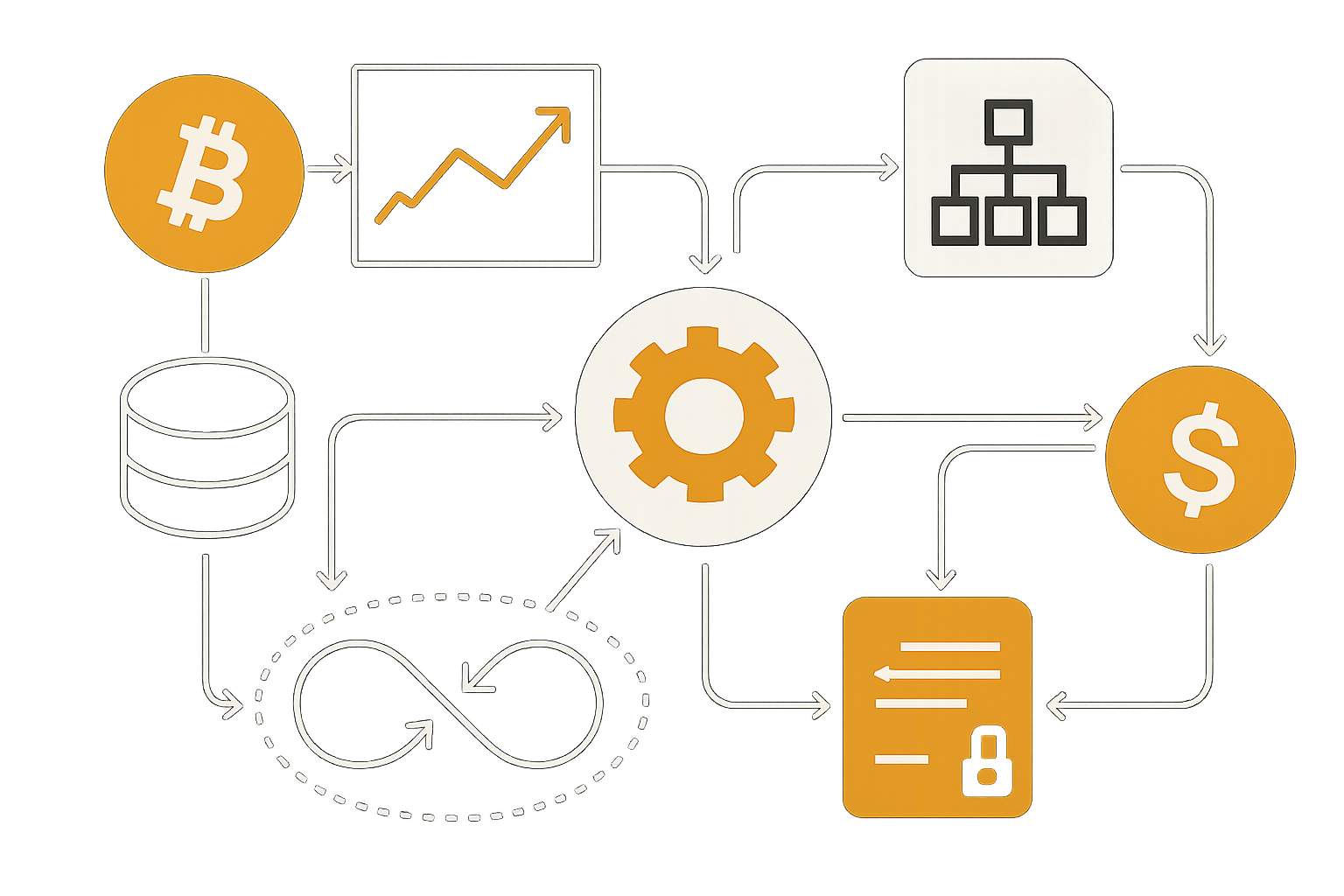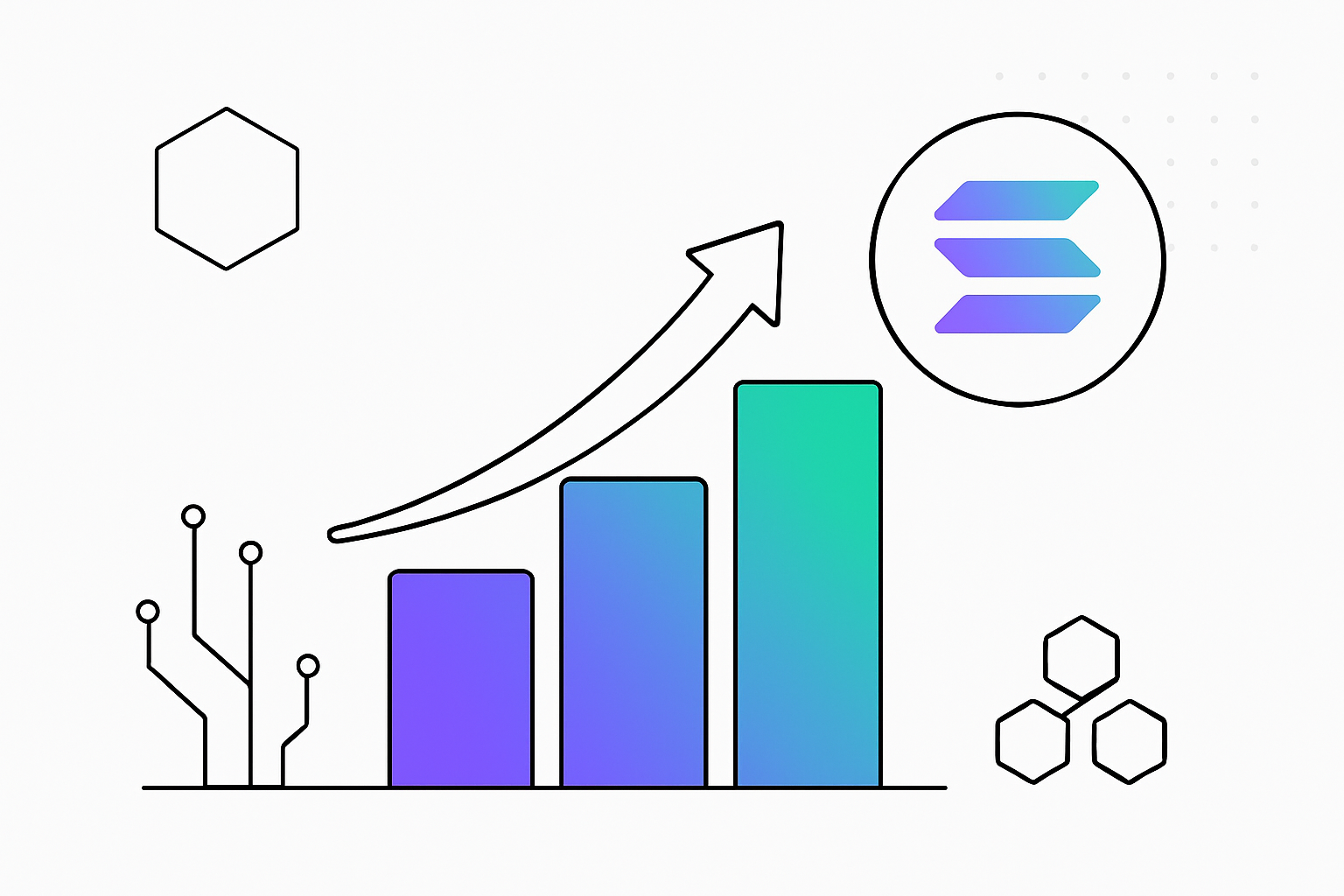Solana’s Global Expansion: Visual Recap of Stablecoins and RWA Issuance Momentum
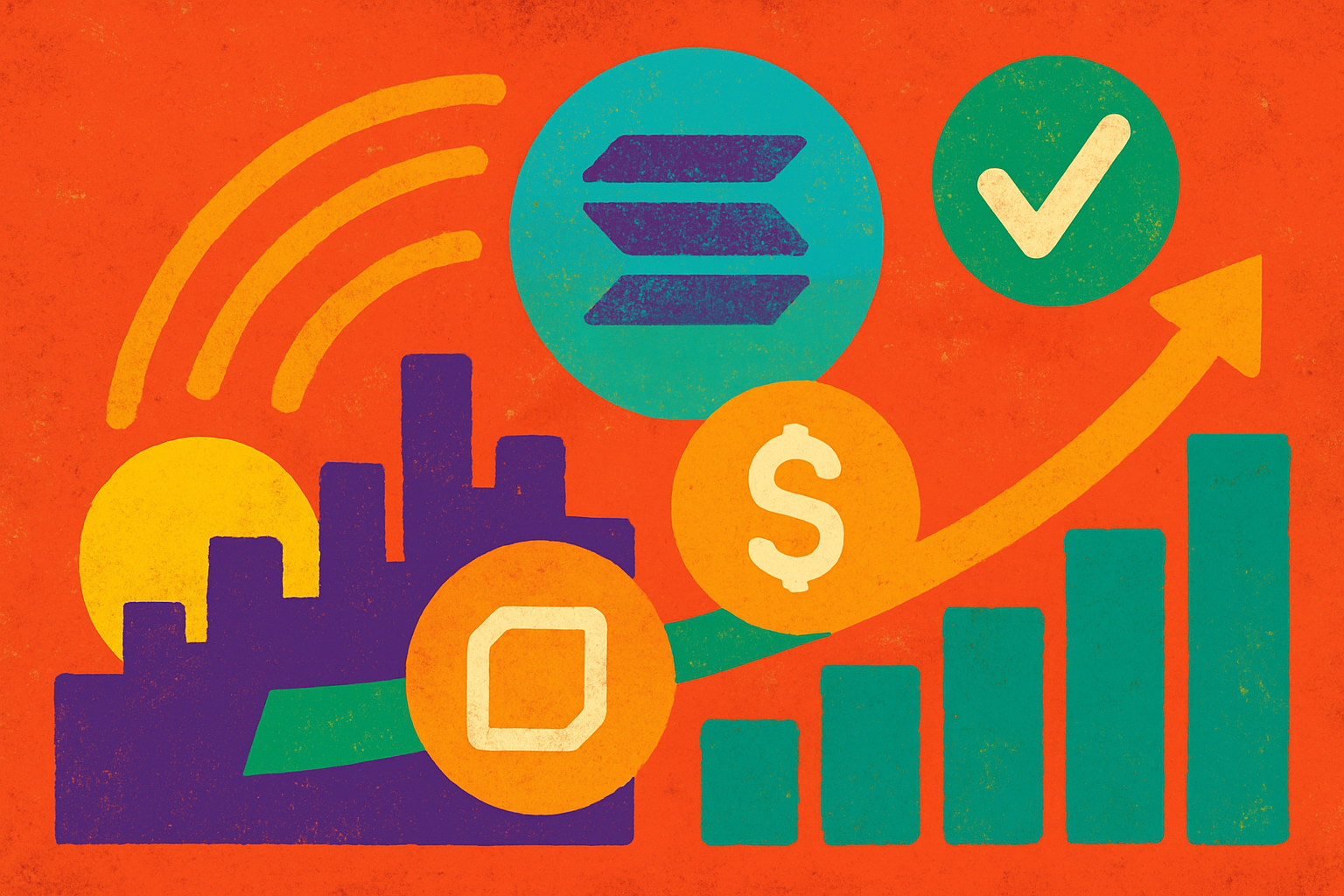
Solana’s rapid global expansion in 2025 has become a defining narrative in the blockchain industry, particularly as the platform cements its role in stablecoin infrastructure and real-world asset (RWA) issuance. With Binance-Peg SOL (SOL) currently trading at $200.48, Solana’s momentum is underpinned by both robust price action and a surge in on-chain financial activity. The network’s appeal lies not only in its technical prowess but also in its growing adoption by major institutions and fintech innovators seeking speed, low costs, and scalable compliance.

Stablecoins on Solana: A Year of Explosive Growth
The past year has seen Solana stablecoins 2025 become a centerpiece of global payments innovation. As of January 2025, the total supply of stablecoins on Solana surpassed $10 billion, doubling from just $5.1 billion at the start of the same month. This exponential growth was largely driven by Circle’s USDC issuance, but it was far from the only catalyst.
In February, the Global Dollar Network launched its USDG stablecoin on Solana, promising near-instant settlement and minimal fees for cross-border transactions. Paxos followed suit with USDP in January 2024, leveraging Solana’s throughput to offer new financial products to both retail and institutional clients (source). Notably, Societe Generale made headlines in June by announcing USD CoinVertible – a dollar-pegged stablecoin available on both Ethereum and Solana – marking the first major European bank to issue a regulated dollar-backed crypto asset (source).
This proliferation of fiat-backed tokens is transforming payment rails for businesses worldwide. As McKinsey and Company observes, stablecoins are poised to trigger a material shift across the payments industry in 2025 as they gain traction for remittances, settlements, and treasury management.
Real-World Asset Tokenization: Outpacing Ethereum
The Solana RWA issuance story is equally compelling. According to data reported by The Defiant, tokenized RWAs on Solana grew by over 200% year-to-date as of July 2025 – far outstripping Ethereum’s pace (source). The total value locked in tokenized RWAs reached approximately $553 million, with diverse asset classes spanning real estate, gold, collectibles, and even private credit funds.
This surge is not merely speculative; it reflects deepening institutional engagement. BlackRock selected Solana for its BUIDL tokenized Treasury fund, onboarding over $25.2 million into DeFi-native instruments. Similarly, Apollo Global Management launched its first DeFi-integrated credit fund directly on Solana – an endorsement that signals confidence among traditional financial giants (source).
The versatility of Solana’s ecosystem enables not just financial instruments but also novel assets like tokenized commodities and art to be issued with full transparency and instant settlement capabilities.
Solana (SOL) Price Prediction 2026–2031
Professional Forecast Incorporating Stablecoin & RWA Issuance Momentum
| Year | Minimum Price | Average Price | Maximum Price | Year-on-Year Change (Avg) | Scenario Insights |
|---|---|---|---|---|---|
| 2026 | $160.00 | $225.00 | $320.00 | +12% | Volatility remains as Solana consolidates RWA leadership; regulatory clarity supports floor. |
| 2027 | $190.00 | $265.00 | $380.00 | +18% | Institutional adoption accelerates, stablecoin flows drive network value. |
| 2028 | $210.00 | $305.00 | $440.00 | +15% | Broader RWA tokenization and new DeFi use cases boost demand; competition from Ethereum intensifies. |
| 2029 | $250.00 | $355.00 | $520.00 | +16% | Global finance integration, potential for new regulatory regimes, and expansion into tokenized commodities. |
| 2030 | $280.00 | $410.00 | $600.00 | +15% | Mass adoption of stablecoins/RWA on Solana; tech upgrades increase scalability. |
| 2031 | $320.00 | $470.00 | $700.00 | +15% | Solana matures as global financial backbone; regulatory stability and cross-chain interoperability. |
Price Prediction Summary
Solana’s rapid expansion in stablecoin issuance and real-world asset tokenization positions it as a leading blockchain for global finance. The price outlook anticipates continued growth, driven by strong institutional adoption, increasing on-chain asset diversity, and favorable regulatory progress. While volatility and competition from other smart contract platforms like Ethereum persist, Solana’s technological advancements and ecosystem momentum are likely to support sustained price appreciation through 2031. Investors should expect both bullish and bearish scenarios, with the lower bound reflecting potential risk-off events and the upper bound capturing full-scale adoption and innovation.
Key Factors Affecting Solana Price
- Growth in tokenized real-world assets (RWAs) and stablecoin supply on Solana
- Institutional adoption and involvement of major financial players
- Technological upgrades improving network speed, cost, and interoperability
- Regulatory clarity and potential global compliance standards for digital assets
- Competition from other smart contract platforms, especially Ethereum
- Macro market cycles and investor risk appetite
- Expansion of new use cases (e.g., DeFi, tokenized commodities, collectibles)
Disclaimer: Cryptocurrency price predictions are speculative and based on current market analysis.
Actual prices may vary significantly due to market volatility, regulatory changes, and other factors.
Always do your own research before making investment decisions.
Ecosystem Expansion: International MOUs and Institutional Onboarding
The pace of Solana global expansion is accelerated by strategic international memoranda of understanding (MOUs) and acquisitions targeting institutional demand for digital assets infrastructure. In Q4 2025 alone, projects like Plume have acquired specialized engineering teams such as Dinero to bolster their global reach (source). Meanwhile, Keel debuted with a $2.5 billion roadmap focused squarely on expanding DeFi access to tokenized RWAs.
This trend underscores a foundational shift: as regulatory clarity improves across Europe and Asia-Pacific regions, more banks are willing to experiment with public blockchain rails for everything from syndicated loans to structured notes.
Solana’s robust internationalization strategy is also reflected in a growing network of cross-border partnerships and regulatory dialogues. The platform’s ability to facilitate compliant, high-throughput issuance of both stablecoins and RWAs has made it a preferred choice for institutions seeking operational efficiency and global interoperability. As highlighted by the integration of Societe Generale’s USD CoinVertible, Solana is increasingly positioned as a bridge between traditional finance and on-chain capital markets.
Top 5 Institutional RWA Launches on Solana in 2025
-
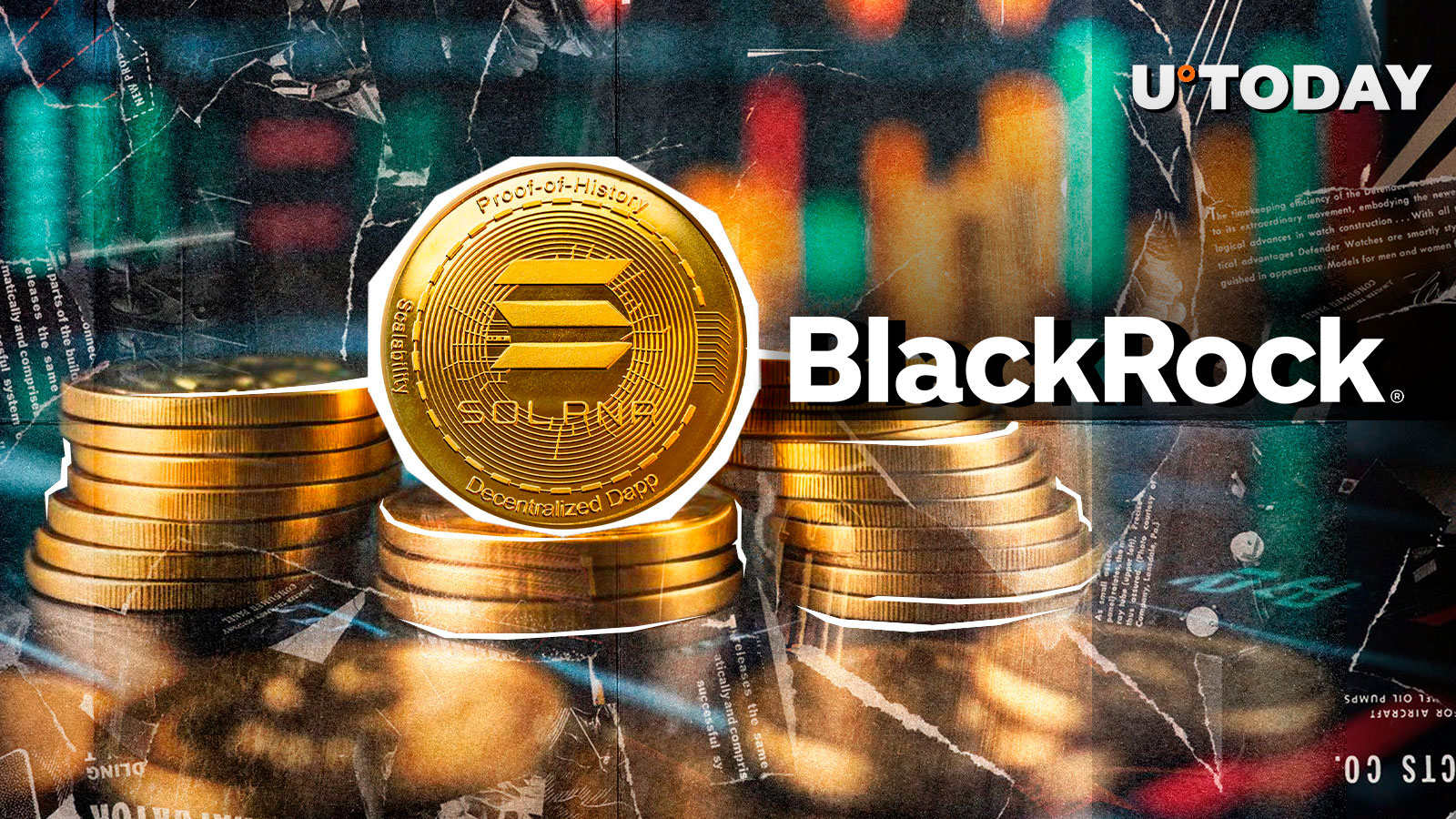
BlackRock BUIDL Tokenized Treasury Fund: In July 2025, BlackRock launched its flagship BUIDL tokenized U.S. Treasury fund on Solana, onboarding over $25.2 million in assets. This marked a pivotal move by the world’s largest asset manager, bringing institutional-grade fixed income exposure to the Solana blockchain.
-
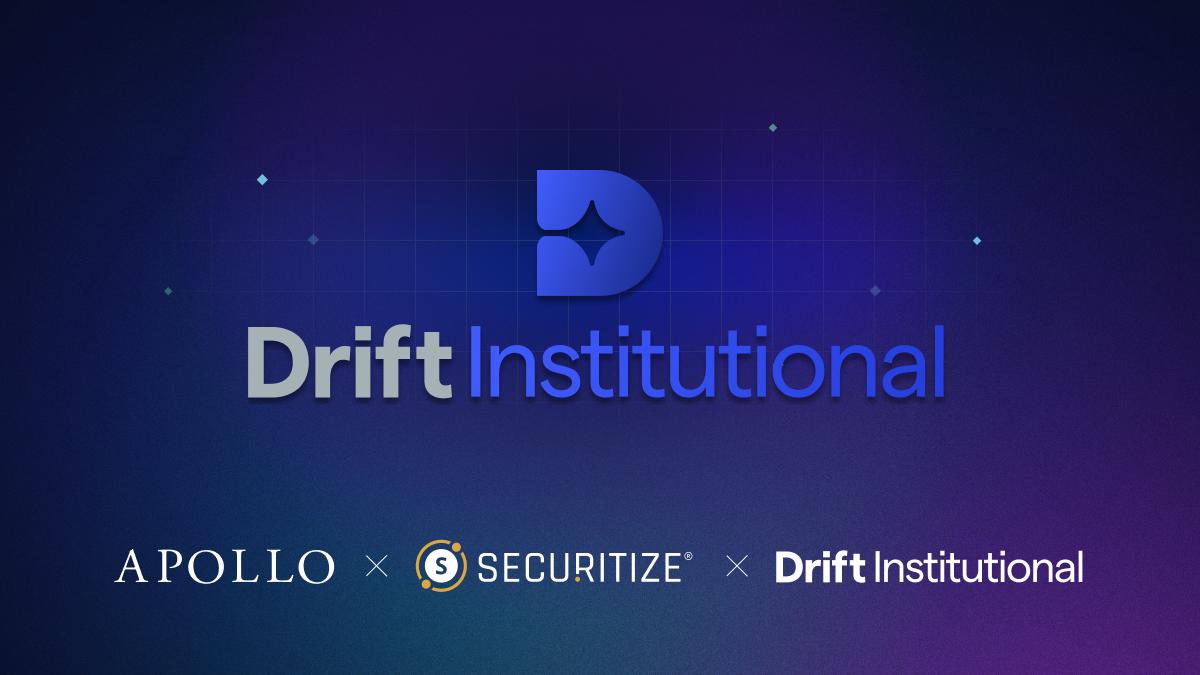
Apollo Global Management DeFi-Integrated Credit Fund: Apollo Global Management introduced its first-ever DeFi-integrated credit fund on Solana in 2025, signaling strong institutional confidence and enabling direct blockchain access to private credit markets for global investors.
-
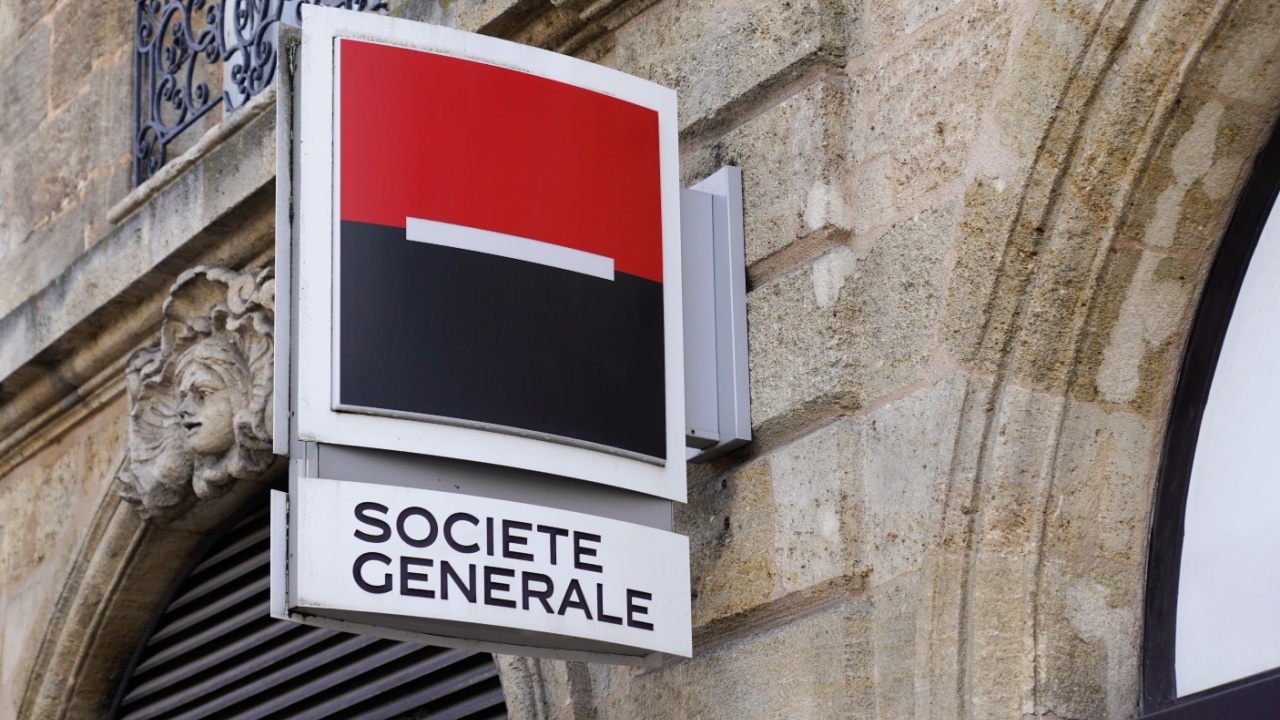
Societe Generale USD CoinVertible Launch: In June 2025, Societe Generale became the first major European bank to issue a dollar-pegged stablecoin, USD CoinVertible, on Solana, expanding institutional-grade tokenized dollar access to the European and global markets.
-
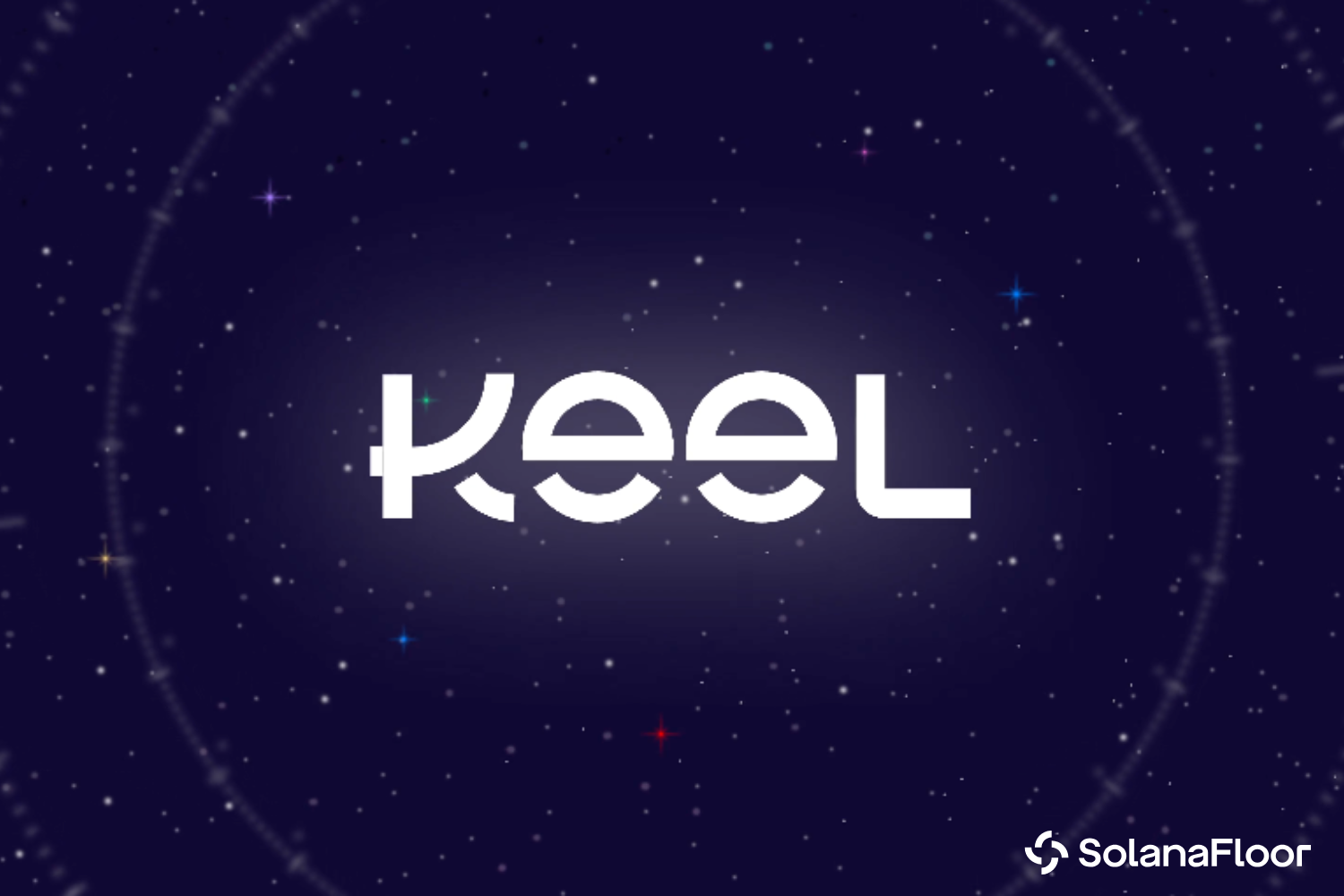
Keel RWA Platform Debut: Keel launched its RWA platform on Solana in September 2025, announcing a $2.5 billion roadmap to support tokenization of diverse real-world assets, including fixed income and alternative investments, with a focus on institutional adoption.
-
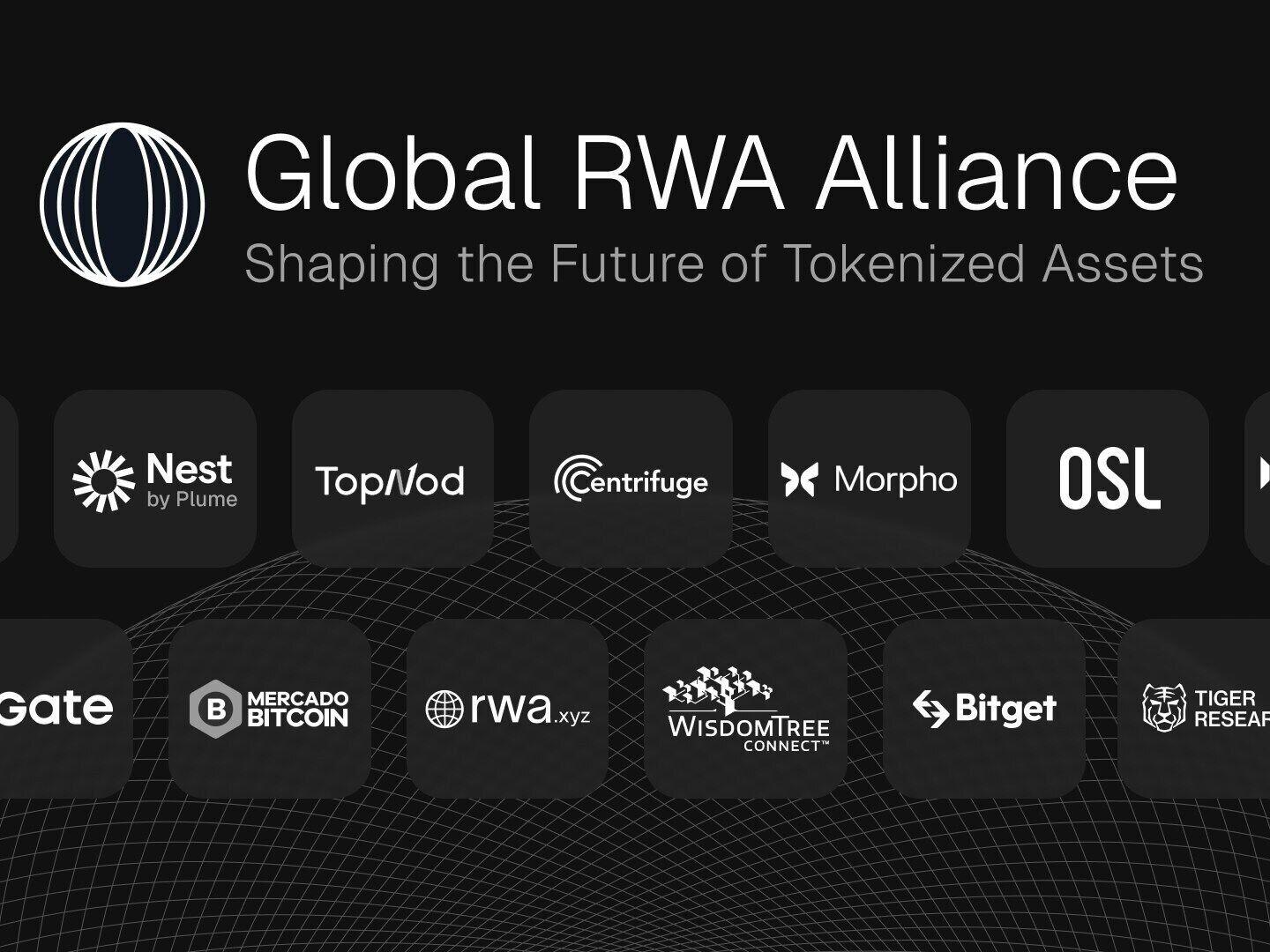
Plume’s Acquisition of Dinero for Institutional RWA Expansion: In October 2025, Plume acquired Dinero to enhance its institutional RWA issuance capabilities on Solana, bringing advanced tools and engineering talent to accelerate global expansion and on-chain asset innovation.
Importantly, the proliferation of tokenized real-world assets on Solana is not confined to financial instruments alone. Real estate projects in Asia, tokenized gold reserves from Latin America, and digital collectibles with provenance tracking are all leveraging Solana’s low latency and composability. This broadening asset base is attracting a new cohort of asset managers and fintech startups eager to tap into programmable liquidity and instant settlement.
Regulatory Clarity Fuels Institutional Participation
The maturation of the Solana ecosystem growth story owes much to evolving regulatory frameworks. In 2025, several jurisdictions have clarified the legal status of tokenized securities and stablecoins, prompting a wave of institutional onboarding. European banks are piloting syndicated loans on public blockchains, while Asian regulators have greenlit pilot programs for stablecoin-based foreign exchange settlements. These developments are catalyzing further adoption by reducing compliance risk for large-scale issuers.
Another notable trend is the convergence between decentralized finance (DeFi) protocols and traditional asset managers. By leveraging Solana’s speed, processing thousands of transactions per second at negligible cost, DeFi platforms can now offer institutional-grade products such as yield-bearing treasury tokens or credit instruments backed by off-chain collateral.
Looking Ahead: Risks, Opportunities, and Market Outlook
While Solana’s ascent is impressive, investors should remain cognizant of potential risks. Network downtime incidents, though less frequent, remain a concern for mission-critical applications. Additionally, regulatory harmonization across major markets is still evolving; sudden policy shifts could impact both stablecoin circulation and RWA issuance volumes.
Nonetheless, the opportunities are substantial. With Binance-Peg SOL (SOL) trading at $200.48, capital inflows into the ecosystem continue to accelerate as developers roll out new primitives for programmable finance. The combination of deep liquidity pools, global fiat ramps via stablecoins, and expanding RWA onramps positions Solana as a genuine contender for blockchain-based capital markets leadership in 2025-2026.
For stakeholders tracking frontier trends in digital finance, from central banks to fintech entrepreneurs, the trajectory of Solana RWA issuance offers critical insights into how programmable money will reshape cross-border payments and asset allocation strategies over the coming decade.

